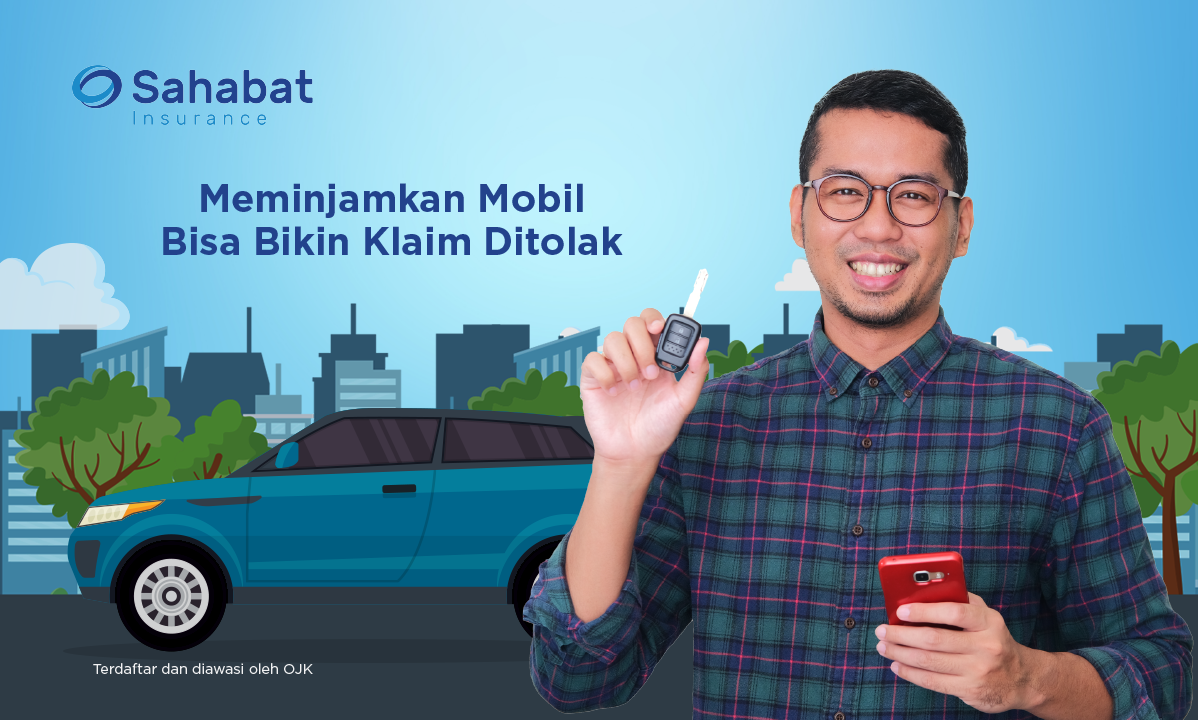What to Know About Lending Your Car
Terakhir Diubah : 09:04:43 - Thursday, 23 June 2022

There are times you may want to help out a friend, or may not be in a state to drive yourself. It’s normal to want to lend you car, or let someone else drive. But, unfortunately, Vehicle Insurance can deny policyholders’ claims if your friend/family /driver is at fault for the accident or stolen car. Vehicle Insurance can deny your claim if your friend/family/driver were in violation of state law when the accident happened. One example of that would be driving without a valid license. Another is if you were driving while intoxicated.
If the car is lend to a friend, driver or family according to your permission and approval, then when the car is lost, commits a crime or is damaged in an accident, Vehicle Insurance can reject the claim according to the Indonesian Motor Vehicle Insurance Standard Policy Chapter II article 1.3 concerning Exceptions, article theft and/or malicious acts committed by: spouses, children, parents or siblings of the Insured; people working for the Insured, people with the knowledge or with the consent of the Insured. For info about Vehicle Insurance please call Sahabat Insurance 021-50508080.
Berita Lainnya
Safely Travel With Sahabat Insurance
If you’re travelling abroad, it's important to take out appropriate travel insurance before you go. ANANDA (Amankan Perjalanan Anda) is an insurance product from Sahabat Insurance that provides protection and anticipates the unexpected that may occur due to risks during business trips or tours.
Benefits you can get:
- Death & Permanent Disability due to accident
- Medical Expenses
- Emergency Medical Evacuation/Medical Repatriation
- Loss of Baggage & Personal Effects
- Baggage Delay
- Other risks that may occur during the trip.
For more info please click link below:
Travel Insurance Brochure

 Indonesia
Indonesia
